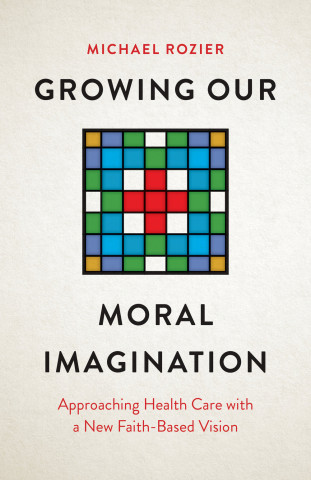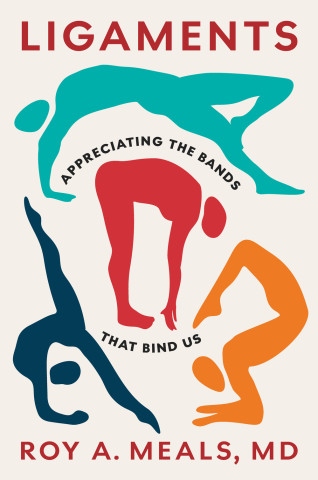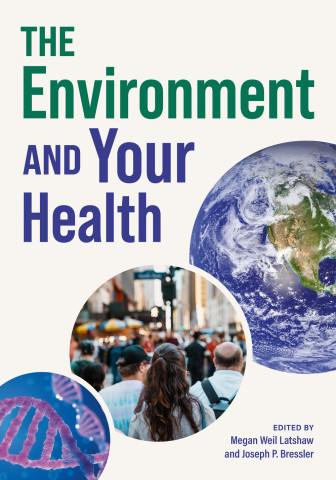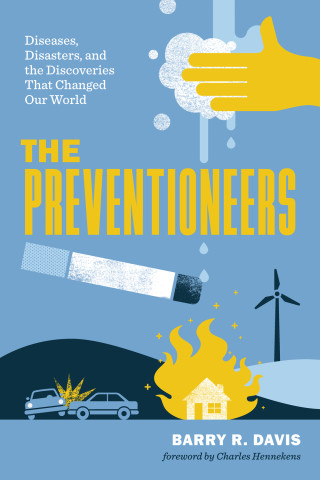
Reviews
The May's continue to be masterful storytellers, using their work with clients to help solve problems and increase education of their indoor spaces.
Asthma and allergy sufferers, this book is essential reading. It will answer all your questions about why you suffer in your home and what you can do to prevent it. May takes you on a tour of your home, both interior and exterior, with a detailed description of the organic and inorganic substances that are making you ill... Will serve for years to come as the definitive guide to establishing disease-free living environments.
A first-rate reference that is enjoyable to read.
Jeffrey May is a skillful writer, and uses an informal style that is well suited to communication with a broad audience... This is the best book I've read in years. I couldn't put it down... It painlessly educates the reader about problem houses.
May has made a timely, helpful—and even entertaining—contribution to a field that demands attention.
Great light reading for the professional... Gives the average person control over his or her environment.
I just finished reading this superb book with a multitude of examples of homes with poor indoor air quality which caused health problems for the occupants. You will find this book very helpful for finding the factors which worsen your asthma. Five out of five stars for this book.
By giving a wide variety of excellent advice on identifying and cleaning up common household environmental hazards, Mr. May will help you make your home a more comfortable place to live—even if you don't have allergies.
Practical advice and proven solutions.
For years, I have used the information in My House is Killing Me! to augment my own and my company's investigative techniques. In this new edition, Jeff and Connie May present scientific methods in accessible language and incorporate images for added clarity.
This new edition of My House Is Killing Me! is even better than the first. A must-read for patients with respiratory problems and the physicians who care for them.
Jeff and Connie May's book is a rich source of information about common household situations and events that can adversely affect residents' health. The Mays give detailed firsthand descriptions and suggest helpful preventative and corrective measures, all supported by clear photographic examples. Their recommendations are a goldmine.
It is my privilege to recommend Jeff and Connie May's new edition of My House Is Killing Me. It is incredibly informative, comprehensive, and easily digestible. It has broad appeal and is an excellent guide for the general public as well as medical practitioners. A highly valuable resource!
Book Details
Foreword, by Jonathan M. Samet, MD, and Elizabeth Matsui, MD, MHS
Appreciation
Introduction
Part I. The Stage of Our Lives
Chapter 1. Seeing the Invisible
Chapter 2. Cast of Small Characters—Read This
Foreword, by Jonathan M. Samet, MD, and Elizabeth Matsui, MD, MHS
Appreciation
Introduction
Part I. The Stage of Our Lives
Chapter 1. Seeing the Invisible
Chapter 2. Cast of Small Characters—Read This Chapter If You Dare!
Chapter 3. "Trojan Horse" Allergens
Chapter 4. Creepy Crawlers (Apologies for the Title!)
Chapter 5. The Three Ps—Pets, Pests, and People
Chapter 6. The Set
Part II. Daily Life
Chapter 7. Living Rooms, Family Rooms, and Dining Areas
Chapter 8. Rooms with Water—The Bathroom
Chapter 9. Rooms with Water—The Kitchen
Chapter 10. Rooms with Water—The Laundry
Chapter 11. Bedrooms
Chapter 12. Attached Garages, Bulkheads, Porches, and Decks
Chapter 13. The Exterior
Chapter 14. Indoor Air Quality in Multi-Unit Buildings
Part III. Below and Above
Chapter 15. Unfinished Basements and Crawl Spaces
Chapter 16. Finished Basements
Chapter 17. Attics
Part IV. Heating and Cooling
Chapter 18. Heating and Cooling with Ducts
Chapter 19. Heating and Cooling without Ducts
Chapter 20. More on Heating, Cooling, and Fuel
Part V. Clean It Up—Inside and Out
Chapter 21. Renovation and New Construction
Chapter 22. More Environmental Hazards
Chapter 23. Testing and Remediation
Chapter 24. Cleaning
Closing Remarks: Take Charge
Notes
Glossary
Resource Guide
Index







